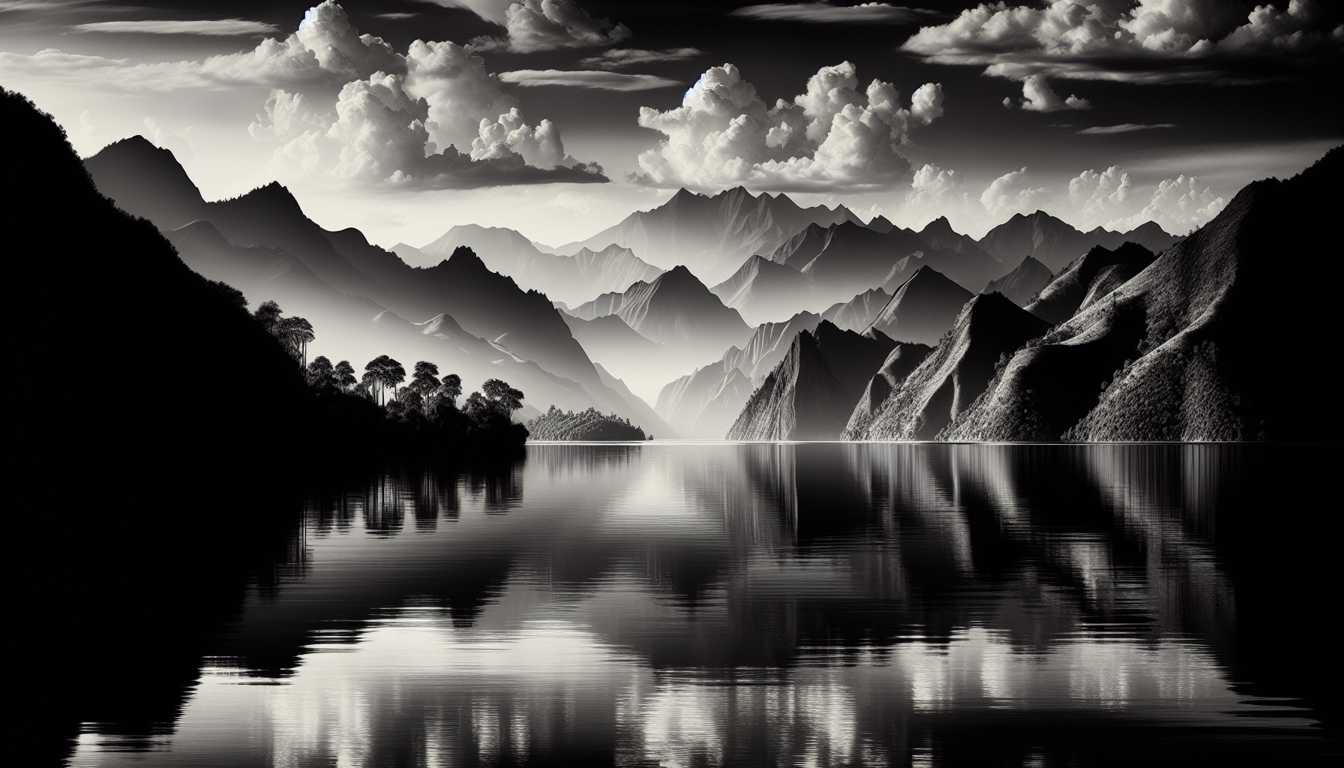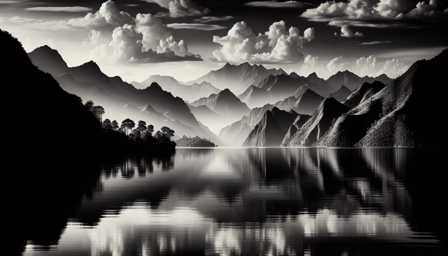
The Art of Black and White Photography: Creating Timeless Images
In the world of photography, black and white imagery holds a special place. It transcends the ordinary, stripping away the distractions of color to present subjects in their purest forms. This article explores the art of black and white photography, providing insight into the techniques and products that can help you create timeless images.
Understanding Black and White Photography
The Essence of Monochrome
Black and white photography is not merely the absence of color; it's a unique medium with its own aesthetic. It emphasizes textures, shapes, and contrasts, enabling photographers to convey emotions and narratives more powerfully. This form of photography teaches us to see the world differently, focusing on the interplay of light and shadow.
Historical Significance
Historically, black and white photography was the foundation of the photographic arts. Early photographers like Ansel Adams and Henri Cartier-Bresson mastered this art, creating iconic images that have stood the test of time. Their work highlights the importance of composition and light in creating impactful photographs.
Equipment and Techniques
Choosing the Right Camera
While almost any camera can be used for black and white photography, certain models offer features that can enhance the monochrome experience. For example, the Leica M Monochrom is a digital camera specifically designed for black and white photography. It doesn't have a color filter array, resulting in images with exceptional detail and tonal range.
Lenses Matter
The choice of lens can significantly impact the outcome of your black and white photographs. Prime lenses, like the Canon EF 50mm f/1.2L, are popular for their ability to produce sharp images with beautiful bokeh, which can add a dramatic effect to monochrome images.
Filters for Contrast
Filters play a crucial role in black and white photography. A red filter, for instance, can dramatically darken blue skies, creating a striking contrast against clouds. The Hoya R72 Infrared filter is an excellent choice for creating unique, otherworldly landscapes in black and white.
Post-Processing Techniques
Software Choices
Post-processing is integral to black and white photography. Software like Adobe Lightroom and Nik Silver Efex offer advanced tools specifically designed for monochrome editing. They allow photographers to manipulate light, shadow, and tonal ranges, turning a good photograph into a great one.
Dodging and Burning
These are traditional darkroom techniques that have been digitized. Dodging lightens specific areas of an image, while burning darkens them. This selective exposure control can help to direct the viewer's attention to the subject or specific parts of the image.
Composition and Lighting
The Role of Composition
In black and white photography, composition is king. The rule of thirds, leading lines, and framing are all compositional techniques that can enhance the impact of a monochrome image. It's about finding balance and harmony in the absence of color.
Understanding Lighting
Lighting is crucial in black and white photography. Soft, diffused light can reveal subtle textures and details, while harsh, direct light can create strong contrasts and bold patterns. The direction and quality of light should always be considered to create the desired mood and atmosphere.
Conclusion
Black and white photography is an art form that challenges photographers to look beyond the obvious and explore the nuances of light, texture, and composition. With the right equipment, techniques, and an understanding of light and composition, anyone can create stunning monochrome images that are timeless and evocative. It's a journey back to the basics, to the very essence of photography, and a pathway to seeing the world in a new light.



